Home>Interior Design>I’m An Interior Designer And This Is How I Use Artwork
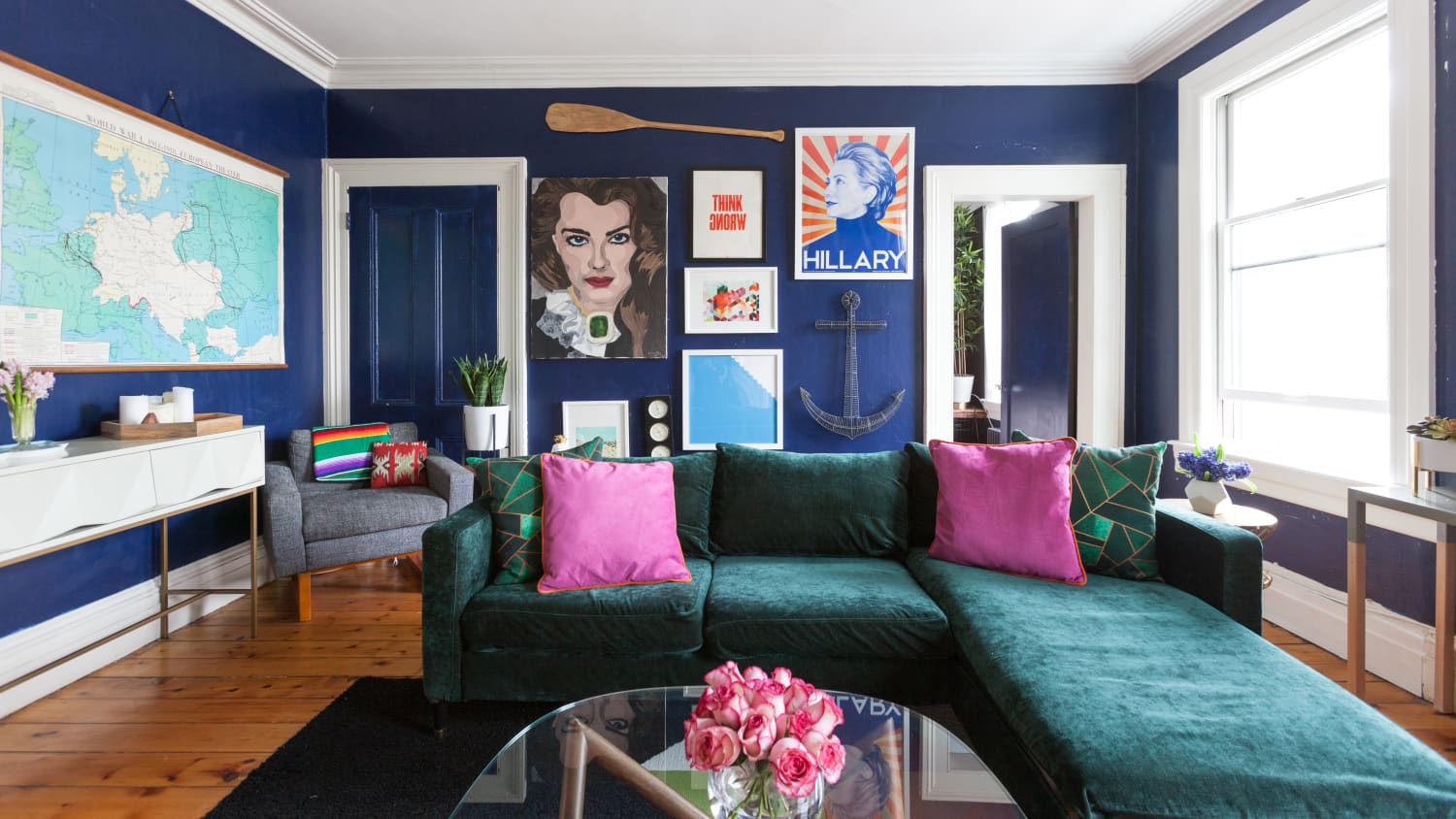

Interior Design
I’m An Interior Designer And This Is How I Use Artwork
Modified: January 19, 2024
Transform your space with the expert touch of an interior designer. Discover how I seamlessly incorporate artwork to elevate your home's aesthetics.
(Many of the links in this article redirect to a specific reviewed product. Your purchase of these products through affiliate links helps to generate commission for Storables.com, at no extra cost. Learn more)
Introduction
Welcome to the world of interior design, where every element is carefully curated to create beautifully functional spaces. As an interior designer, I believe that one of the most powerful tools in our arsenal is artwork. Artwork has the ability to transform a room, evoke emotions, and add a touch of personality to any space.
When it comes to utilizing artwork in interior design, it’s not just about finding a pretty picture to hang on the wall. Artwork is a powerful tool that can enhance and elevate the overall design scheme of a room. It can serve as a focal point, add depth and texture, and tie together the color palette. In this article, I will share with you how I use artwork in my interior design projects to create stunning and memorable spaces.
Key Takeaways:
- Artwork is a powerful tool in interior design, adding depth, personality, and visual interest to a space. It serves as a reflection of personal style, creating ambiance and serving as a focal point.
- Incorporating personalized artwork infuses a space with sentimental value, while mixing and matching art styles adds depth and character. Gallery walls and sculptures bring dimension and intrigue to interior design.
Importance of Artwork in Interior Design
Artwork is a crucial element in interior design as it has the ability to bring a sense of life and creativity to a space. It serves as a visual anchor that adds depth, character, and a personal touch to the overall design scheme. Here are a few reasons why artwork is important in interior design:
- Expresses Personal Style: Artwork provides an opportunity to showcase your unique personality and style. Whether you prefer abstract paintings, photography, or sculptures, incorporating artwork into your space allows you to express yourself and create a truly personalized environment.
- Adds Visual Interest: A well-placed piece of artwork can instantly grab attention and become a focal point in a room. It adds visual interest, creates a conversation starter, and draws the eyes, making the space more dynamic and engaging.
- Enhances the Ambiance: Artwork has the power to evoke emotions and set the mood in a space. By selecting artwork with specific colors, themes, or subject matter, you can create a desired atmosphere. For instance, vibrant and bold artwork can add energy and excitement to a room, while serene and calming artwork can promote relaxation.
- Ties Together the Design: Artwork can serve as a unifying element that pulls together the different design elements in a room. It can bridge the gap between various colors, textures, and styles, creating a cohesive and harmonious look.
- Adds Scale and Balance: In interior design, artwork can be used to create balance and proportion within a space. Large-scale artwork can visually expand a small room, while a collection of smaller pieces can create a sense of balance and fill empty wall spaces.
By understanding the importance of artwork in interior design, you can harness its power to transform a room into a fully realized and visually captivating space. Next, let’s explore how artwork can enhance the overall aesthetic of a room.
How Artwork Enhances the Space
Artwork plays a vital role in enhancing the overall aesthetic of a space. It brings life, personality, and a sense of intrigue to a room. Here are a few ways in which artwork can enhance the space:
- Color and Texture: Artwork can introduce a pop of color or a burst of texture to an otherwise neutral or monochromatic room. It can add vibrancy and depth to the space, making it visually appealing.
- Visual Focus: A well-chosen artwork can serve as a visual focal point in a room. It captures attention and directs the eye to a specific area, creating a sense of balance and drama.
- Scale and Proportion: Artwork can help establish the scale and proportion in a room. It can visually expand a small room or fill up a large wall space, creating a harmonious balance within the space.
- Theme and Style: The choice of artwork can convey the overall theme and style of the room. For example, traditional artwork can complement a classic or vintage-inspired interior, while contemporary artwork can add a modern and edgy vibe to a space.
- Emotional Connection: Artwork has the power to evoke emotions and create a connection with the viewer. Whether it’s a serene landscape painting that brings a sense of calmness or an abstract piece that sparks curiosity, artwork can establish an emotional connection and enhance the overall ambiance of the room.
- Bridging Design Elements: Artwork can be used as a bridge between different design elements in a room. It can tie together colors, patterns, and textures, creating a cohesive and well-designed space.
By carefully selecting and placing artwork in a room, you can enhance its visual appeal and create a space that is not only beautiful but also meaningful. In the next section, we will explore how to select the right artwork for your interior design project.
Selecting the Right Artwork
Choosing the right artwork for your interior design project can be an exciting yet challenging task. The artwork you select should complement the overall aesthetic of the space and resonate with your personal style. Here are a few tips to help you in selecting the right artwork:
- Consider the Space: Take into account the size, layout, and existing design elements of the room when choosing artwork. A large, bold piece may work well in a spacious living room, while a smaller, more delicate piece may be better suited for a cozy bedroom.
- Reflect Your Style: Choose artwork that aligns with your personal style and preferences. Consider the colors, themes, and subject matter that resonate with you. Whether you prefer abstract, landscape, or figurative art, selecting artwork that you connect with will ensure a more meaningful and authentic design.
- Consider the Function: Think about the purpose and function of the room when selecting artwork. For example, in a home office, choose artwork that inspires creativity and focus. In a dining room, consider artwork that creates a sense of ambiance and conversation.
- Set a Budget: Determine a budget for artwork before you start your search. Artwork comes in a wide range of prices, so knowing your budget will help you narrow down your options and find the best piece within your price range.
- Look for Inspiration: Browse through art galleries, visit local art fairs, or explore online art platforms to find inspiration. Pay attention to different artistic styles, mediums, and techniques to broaden your art appreciation and discover pieces that speak to you.
- Consider the Framing: The framing of artwork can significantly impact its overall impact and complement the design of the room. Consider the style, color, and material of the frame to ensure it enhances the artwork and harmonizes with the room’s aesthetic.
Remember, selecting artwork is a personal and subjective process. Trust your instincts and choose pieces that evoke an emotional response and resonate with you. In the next section, we will explore how using artwork as a focal point can elevate the design of a space.
Using Artwork as a Focal Point
Artwork has the power to become the centerpiece of a room, drawing attention and serving as a focal point. By strategically placing artwork as a focal point, you can elevate the design and create a visually captivating space. Here’s how you can effectively use artwork as a focal point:
- Select a Statement Piece: Choose a large or visually captivating artwork as the focal point of the room. Look for pieces with bold colors, intricate details, or captivating subject matter that will instantly capture attention.
- Place it in the Right Spot: Hang the focal point artwork in a prominent location, such as above a fireplace, behind a sofa, or in the center of an empty wall. Make sure it is at eye level to create a natural viewing experience for the viewers.
- Highlight with Lighting: Use lighting to enhance the focal point artwork. Illuminate it with spotlights or wall sconces to create a dramatic effect and draw even more attention to the piece.
- Balance with Complementary Elements: Surround the focal point artwork with complementary elements to create a balanced and harmonious composition. Consider adding smaller artworks, decorative objects, or furniture pieces that complement the style and color palette of the focal point piece.
- Create a Gallery Wall: Instead of using a single artwork as a focal point, you can create a gallery wall with a collection of smaller artworks. Arrange them in a visually appealing manner using different sizes, shapes, and frames to add interest and create a focal point wall.
- Utilize Statement Frames: Enhance the impact of the focal point artwork by using a statement frame. Choose a frame that stands out, whether it’s a bold color or an ornate design, to further draw attention to the artwork.
By using artwork as a focal point, you can create a visually captivating and engaging space. It becomes a conversation starter and brings a sense of uniqueness and style to the room. In the next section, let’s explore creative placement techniques to maximize the impact of artwork in a space.
Creative Placement of Artwork
The placement of artwork in a room can greatly impact its overall aesthetic and visual appeal. By getting creative with the placement, you can add a unique touch to the space and create a visually captivating environment. Here are some ideas for creatively placing artwork:
- Lean it Against the Wall: Instead of hanging artwork, try leaning it against a wall or a piece of furniture. This relaxed and casual placement adds an effortless and contemporary vibe to the space.
- Create a Grid Pattern: Arrange multiple pieces of artwork in a grid pattern on a large wall. This precise and geometric placement adds a modern and organized look to the room.
- Utilize Unconventional Spaces: Think beyond walls and use unconventional spaces to display artwork. Place artwork on bookshelves, mantels, or even the back of a door to add unexpected visual interest.
- Group Artwork Diagonally: Instead of traditional horizontal or vertical placement, try arranging artwork diagonally. This unique placement adds movement and creates a dynamic visual effect.
- Layer Artwork: Play with the layering effect by overlapping multiple pieces of artwork. This adds depth and dimension to the room and creates an intriguing visual composition.
- Create a Corner Gallery: Transform a neglected corner into a mini art gallery by placing artwork on floating shelves or using a corner wall-mounted display. This utilizes the vertical space and adds a cozy and intimate feel to the room.
- Hang Artwork at Different Heights: Break away from standard eye-level placement and hang artwork at varying heights. This unexpected placement adds visual interest and creates a gallery-like atmosphere.
Get creative and experiment with different placement techniques to find the style that suits your space and personal taste. The key is to create a visually appealing and dynamic arrangement that makes a statement. In the next section, we will explore the idea of mixing and matching art styles to add depth and character to a room.
When using artwork in interior design, consider the scale of the space and the artwork, as well as the color scheme and style of the room. A large piece can make a bold statement, while a collection of smaller pieces can create visual interest.
Mixing and Matching Art Styles
Mixing and matching different art styles is a creative way to add depth, character, and visual intrigue to a room. By combining various art styles, you can create a curated and eclectic look that reflects your unique taste. Here are some tips for effectively mixing and matching art styles:
- Identify a Cohesive Element: Look for a common thread that ties together the different art styles. This could be a similar color palette, subject matter, or even the frame style. Having a cohesive element helps create a harmonious and visually pleasing arrangement.
- Create Visual Contrast: Pair contrasting art styles to create visual interest. For example, juxtapose an abstract painting with a realistic photograph or combine a vintage print with a modern sculpture. The contrast between different art styles adds a dynamic and unexpected element to the room.
- Experiment with Scale: Play with the scales of different artworks to create an interesting composition. Group a large, statement piece with smaller pieces to create a focal point. This variation in scale adds depth and visual impact to the arrangement.
- Consider the Room’s Style: Keep the overall style of the room in mind when mixing and matching art styles. The artwork should complement the existing design elements and enhance the overall aesthetic of the space.
- Use a Gallery Wall: Create a gallery wall by combining artworks of varying styles and sizes. This curated arrangement turns the wall into a visual feast and allows you to showcase your diverse art collection.
- Play with Textures and Mediums: Mix different textures and mediums to create a tactile and visually engaging arrangement. Combine paintings, sculptures, prints, and textiles to add depth and dimension to the space.
- Trust Your Instincts: Ultimately, trust your instincts and choose artworks that resonate with you. Creating a cohesive and visually appealing mix of art styles is a personal and subjective process.
By mixing and matching art styles, you can create a curated and visually exciting display that adds personality and character to the room. Remember to have fun with the process and let your creativity shine. In the next section, we will explore the idea of incorporating personalized artwork into your interior design.
Incorporating Personalized Artwork
Incorporating personalized artwork into your interior design adds a unique and meaningful touch to your space. Personalized artwork not only reflects your individuality but also creates a sense of connection and identity within your home. Here are some ideas for incorporating personalized artwork:
- Custom Artwork: Commission a piece of artwork that is specifically made for your space. Collaborate with an artist to create a piece that captures your personal story, memories, or favorite subjects. This bespoke artwork will become a cherished and one-of-a-kind treasure in your home.
- Family Photos and Portraits: Display family photographs or portraits as personalized artwork. Showcase your loved ones in beautifully framed pictures, creating a gallery wall or a dedicated photo display area. These personal and nostalgic images bring warmth and a sense of belonging to the space.
- Children’s Artwork: Celebrate your children’s creativity by displaying their artwork in prominent areas of your home. Frame their drawings, paintings, or crafts and showcase them with pride. Not only does this add a personal touch, but it also encourages and nurtures their artistic talents.
- Travel Souvenirs and Mementos: Incorporate artwork or crafts acquired during your travels into your interior design. Hang paintings, tapestries, or masks from different cultures, reminding you of your adventures and adding a global perspective to your space.
- Personal Collections: If you have a unique collection of items, such as vintage posters, vinyl records, or antique maps, showcase them as personalized artwork. Curate and display these collections in a stylish and organized manner, turning them into visually appealing focal points.
- Handmade Artwork: Create your own artwork as a personal touch to your space. Experiment with different mediums, such as painting, drawing, or collage, and hang your creations on the walls. This not only adds a personalized element but also allows you to express your creativity.
- Memory Wall: Create a memory wall with a mix of personal photographs, letters, postcards, and other memorabilia. This collage of memories becomes a visual narrative of your life, showcasing moments and experiences that are dear to your heart.
By incorporating personalized artwork, you infuse your space with sentimental value and a sense of authenticity. These pieces become conversation starters and create a unique atmosphere that is truly your own. In the next section, we will explore the concept of creating a gallery wall to display artwork in a visually impactful way.
Creating a Gallery Wall
A gallery wall is a versatile and visually impactful way to display artwork in your home. It allows you to showcase a collection of artworks, photographs, and other items in a curated and cohesive manner. Creating a gallery wall can add personality, depth, and a sense of artistry to any space. Here are some steps to help you create a stunning gallery wall:
- Choose a Location: Select a wall in your home where you want to create the gallery. It could be a living room, hallway, staircase, or even a bedroom wall. Consider the size and proportions of the wall, as well as the available space around it.
- Plan the Layout: Before you start hanging the artwork, experiment with the layout on the floor. Arrange the pieces in different configurations, exploring different compositions and placements. Take pictures to help you visualize and make adjustments before finalizing the layout.
- Select a Theme or Color Scheme: Choose a theme or color scheme for your gallery wall to create a cohesive look. It could be based on a specific art style, subject matter, or a color palette that complements your room’s decor.
- Mix Artwork Sizes and Formats: Include a mix of artwork sizes, formats, and orientations to add visual interest. Combine large and small pieces, rectangular and square frames, and even three-dimensional objects like sculptures or wall-mounted plants.
- Consider Balance and Proportion: Pay attention to the balance and proportion of the artwork on your gallery wall. Distribute the visual weight evenly, mixing larger and smaller pieces to create a sense of equilibrium.
- Frame and Mat: Choose frames and mats that complement your artwork and the overall style of your space. Consider using a consistent frame style or color throughout the gallery wall to create a sense of unity.
- Arrange with Precision: Once you are satisfied with the layout, start hanging the artwork on the wall. Use a level and measuring tape for precision. Start from the center and work your way out, ensuring each piece is well-aligned and properly spaced.
- Add Other Decorative Elements: Enhance your gallery wall by incorporating other decorative elements. Consider adding wall sconces, small mirrors, or decorative objects to further elevate the visual impact of the gallery.
- Regularly Update and Refresh: A gallery wall is not a static display. Feel free to change and update the artwork, rotate pieces, or add new items over time. This allows you to keep your gallery wall fresh and evolving.
A gallery wall can transform a blank wall into a captivating display of art and personal expression. It brings character and visual interest to your space, making it a true reflection of your style and passions. In the next section, we will explore how incorporating sculptures and 3D art can add another layer of dimension to your interior design.
Read more: What Interior Design Style Do I Like
Incorporating Sculptures and 3D Art
In addition to traditional paintings and photographs, incorporating sculptures and three-dimensional (3D) artwork into your interior design can add another layer of dimension and intrigue. Sculptures and 3D art can bring texture, depth, and a unique visual appeal to your space. Here are some ideas for incorporating sculptures and 3D art:
- Selecting the Right Piece: Choose sculptures or 3D artwork that complements the overall style and aesthetic of your space. Consider the materials, shapes, and themes that resonate with you and enhance the ambiance you want to create.
- Placement with Intention: Think strategically about where to place your sculptural pieces. Highlight them as standalone focal points on a pedestal, or integrate them into your existing decor by placing them on shelves, console tables, or even the floor.
- Scale and Proportion: Consider the scale of your space and select sculptures that are proportionate to the surrounding elements. A large sculpture in a small room may overpower the space, while a small sculpture in a large room may go unnoticed.
- Explore Different Materials and Textures: Sculptures and 3D art come in various materials, such as metal, wood, glass, or ceramic. Choose pieces that add interest and contrast to the room through their textures and finishes.
- Outdoor Sculptures: If you have an outdoor space, consider incorporating sculptures or 3D art in your garden or patio area. Weather-resistant materials like stone or metal can withstand the elements and add an artistic touch to your outdoor oasis.
- Grouping Sculptures: Create a visually compelling display by grouping multiple sculptures together. Arrange them in a cohesive composition, considering height, shape, and color. This arrangement can become a focal point and conversation starter.
- Lighting for Emphasis: Enhance the impact of your sculptural pieces by using lighting to emphasize their textures and forms. Consider spotlights, wall sconces, or accent lighting to create dramatic shadows and highlights.
- Integrating Functional Art: Look for sculptures or 3D art that also serve a functional purpose, such as a unique table, lamp, or wall hooks. This way, you not only add aesthetic appeal but also practicality to your space.
Incorporating sculptures and 3D art adds a tactile and interactive element to your interior design. It creates visual interest, stimulates conversation, and allows for a more immersive and dynamic experience within your space. In the next section, we will conclude our exploration of the use of artwork in interior design.
Conclusion
Artwork is a powerful tool in interior design that has the ability to transform a space and elevate its aesthetic appeal. By carefully selecting, placing, and incorporating artwork into your design scheme, you can create a personalized and visually captivating environment. Throughout this article, we have explored the importance of artwork in interior design, how it enhances the space, and various techniques for selecting and using artwork effectively.
Artwork serves as a reflection of your personal style and allows you to express your individuality. It adds color, texture, and visual interest to a room, serving as a focal point and creating ambiance. Whether you choose paintings, sculptures, or other forms of art, each piece contributes to the overall story and atmosphere of your space.
From selecting the right artwork that resonates with you, to using it as a focal point and experimenting with creative placement techniques, there are endless possibilities to explore. Mixing and matching art styles allows you to create a unique and eclectic look, while incorporating personalized artwork adds sentimental value and a sense of authenticity to your space. Gallery walls provide an opportunity to curate a visually appealing arrangement, and incorporating sculptures and three-dimensional art brings a depth and dimension to your design.
Remember, the key to incorporating artwork into your interior design is to trust your instincts and choose pieces that resonate with you. Let your creativity shine and have fun exploring different styles, colors, and placement techniques. Whether you are an avid art collector or just starting to appreciate the beauty of art, incorporating artwork into your interior design will undoubtedly enhance the overall aesthetic and create a space that is both visually stunning and meaningful.
So, let your walls come alive with art, your space reflect your style, and your artwork become a visual narrative that tells your story. Embrace the power of artwork in your interior design and enjoy the transformative effects it can bring to your home.
Frequently Asked Questions about I'm An Interior Designer And This Is How I Use Artwork
Was this page helpful?
At Storables.com, we guarantee accurate and reliable information. Our content, validated by Expert Board Contributors, is crafted following stringent Editorial Policies. We're committed to providing you with well-researched, expert-backed insights for all your informational needs.
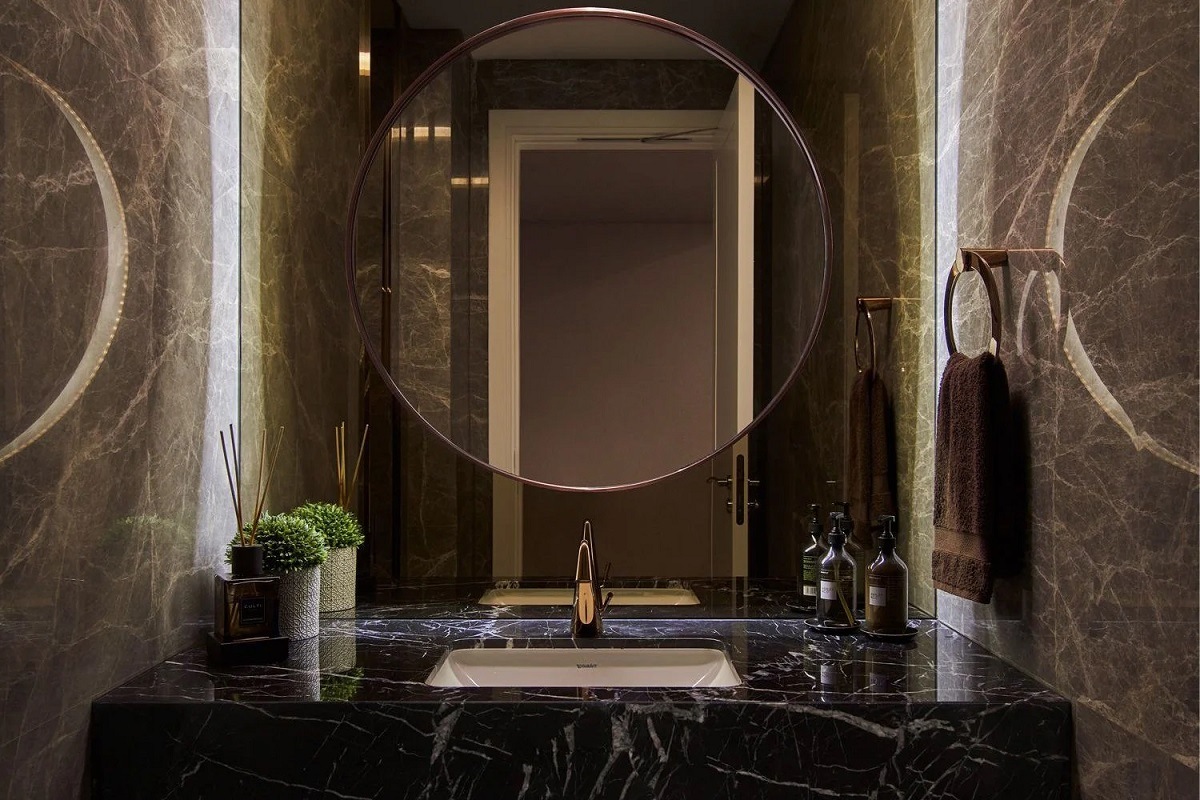


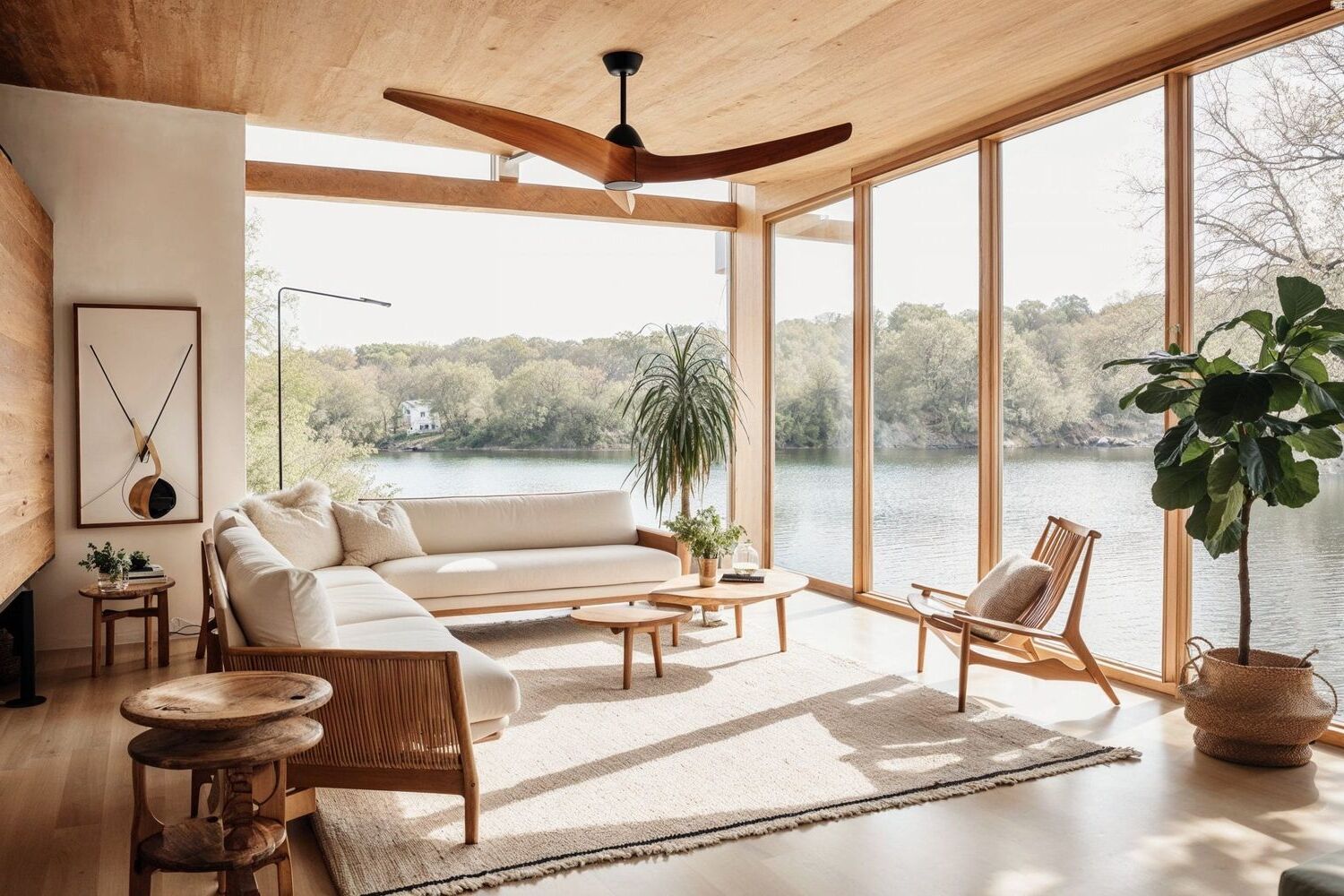
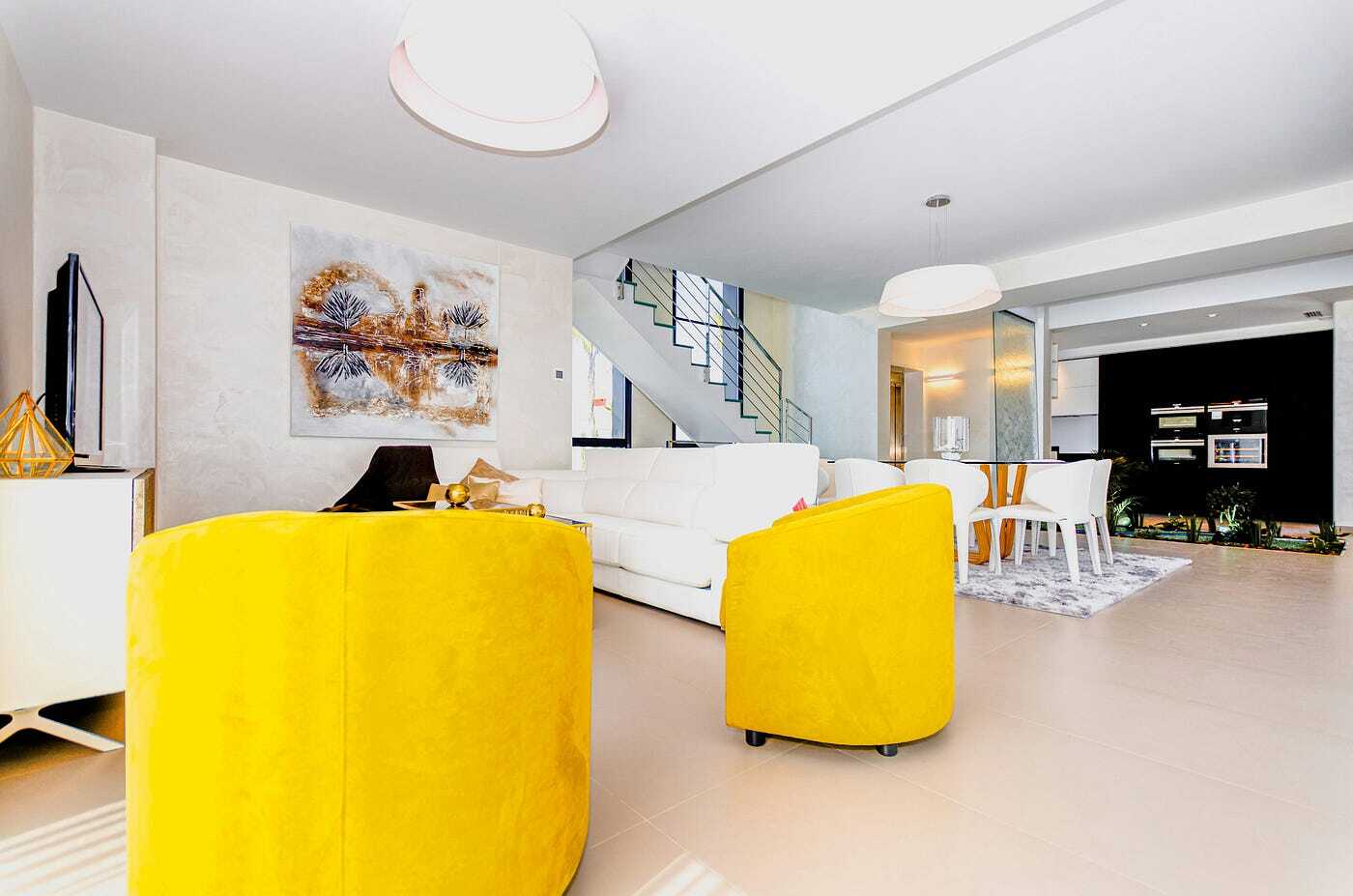
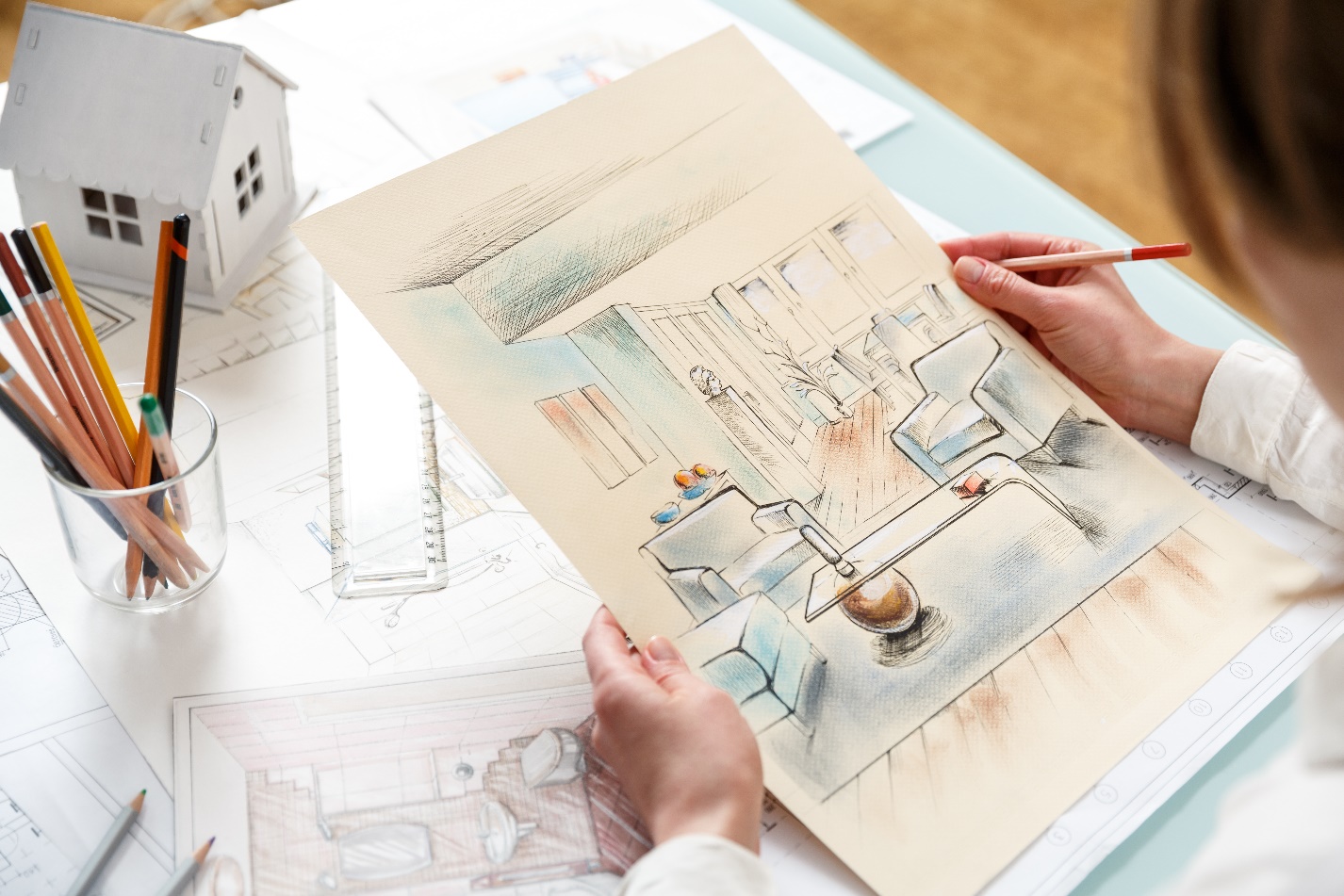
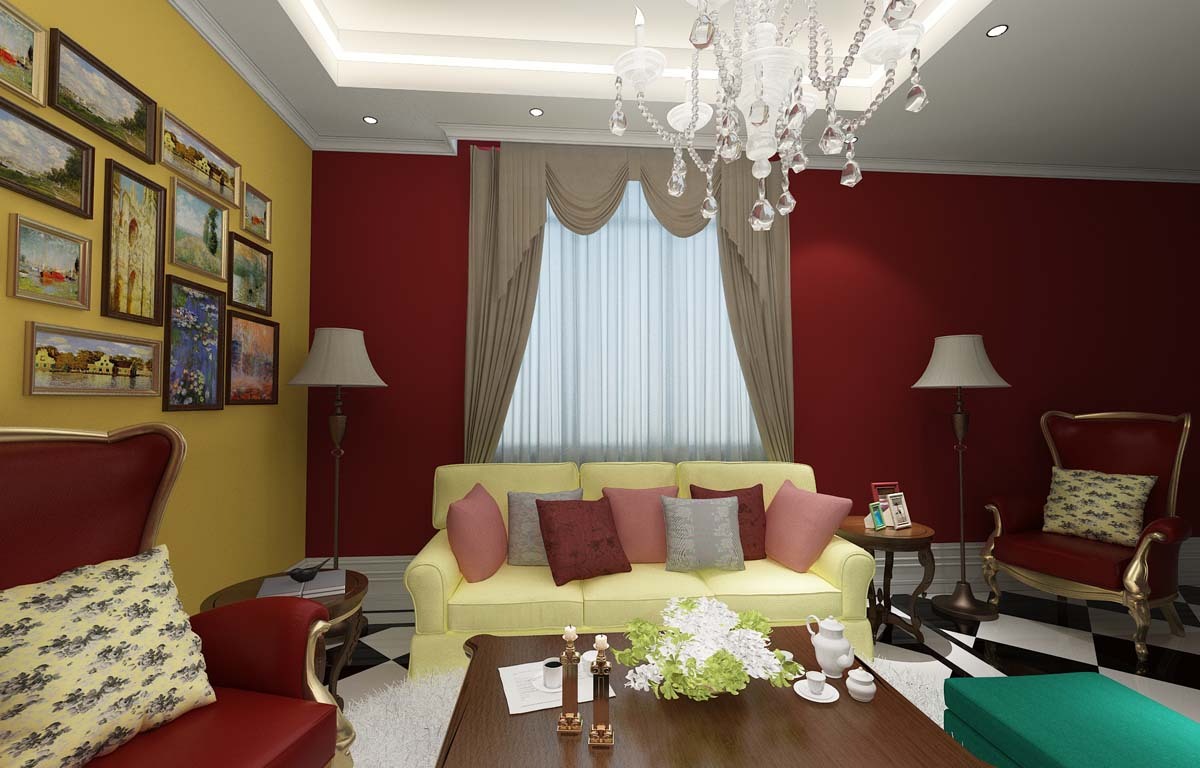
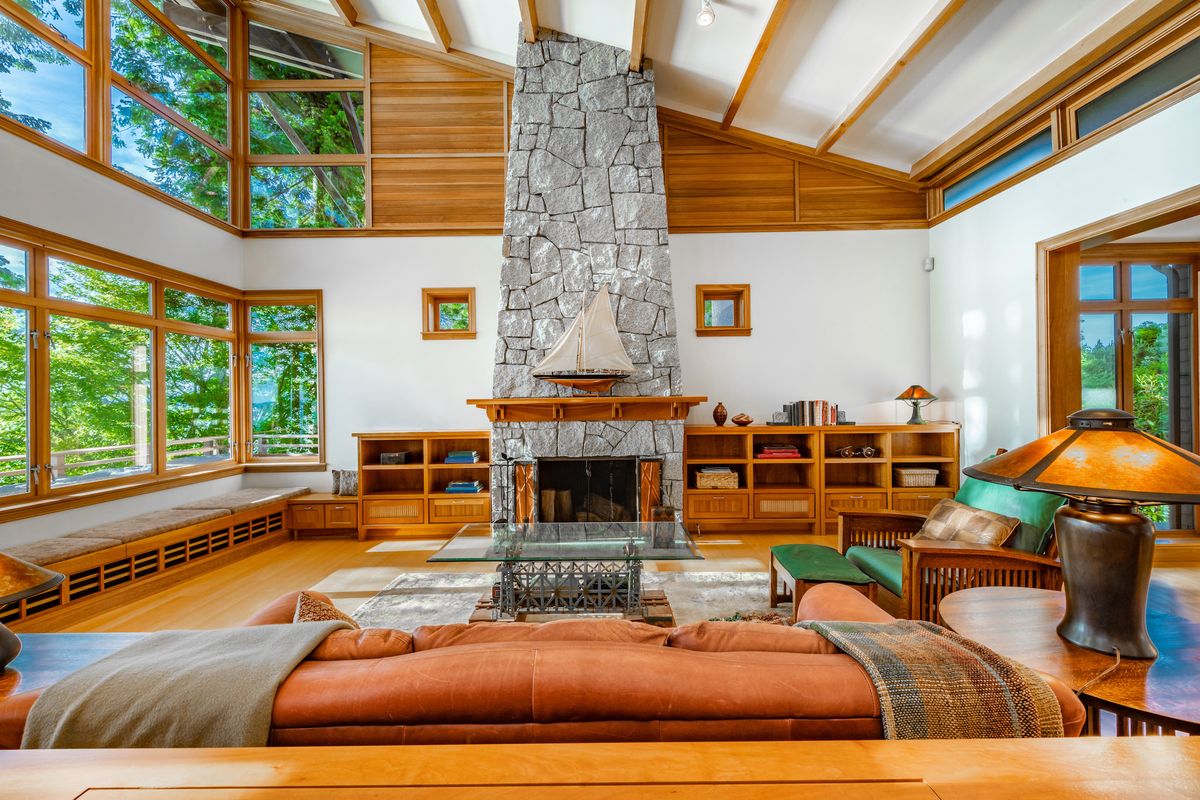
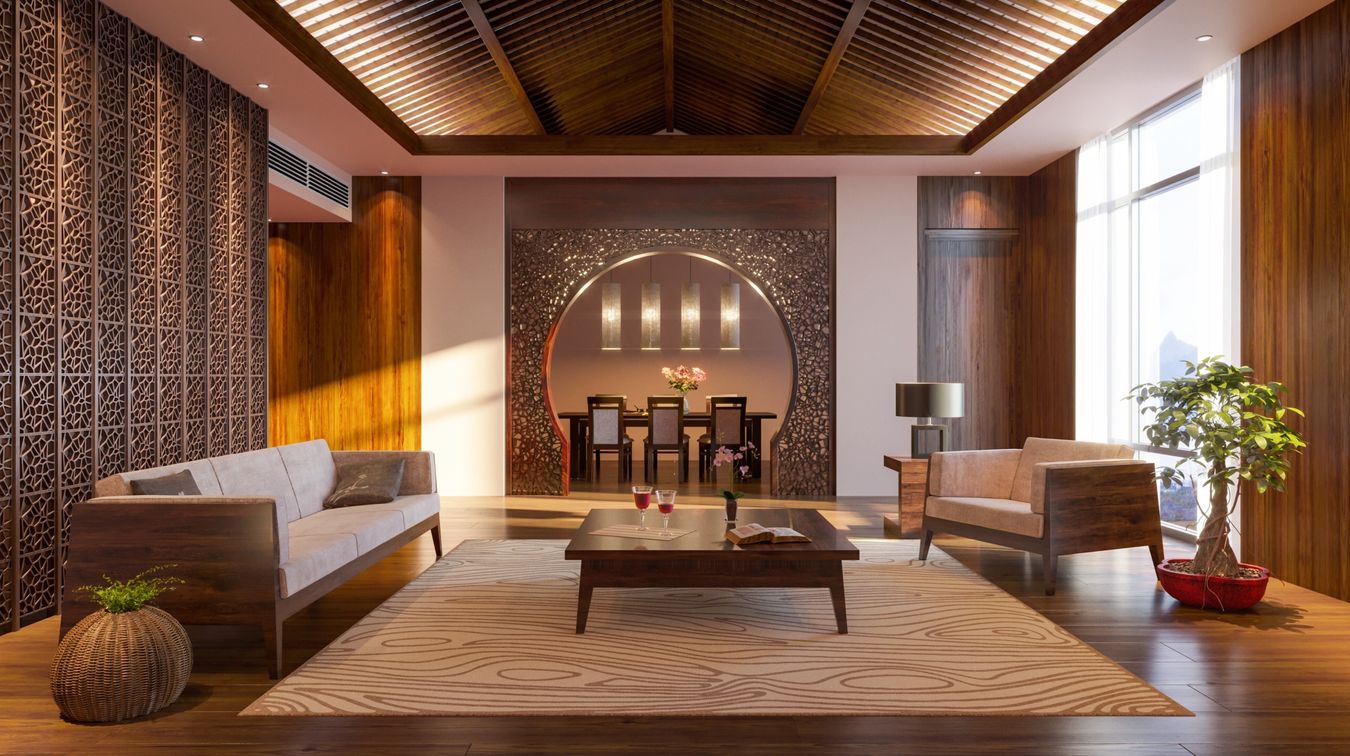
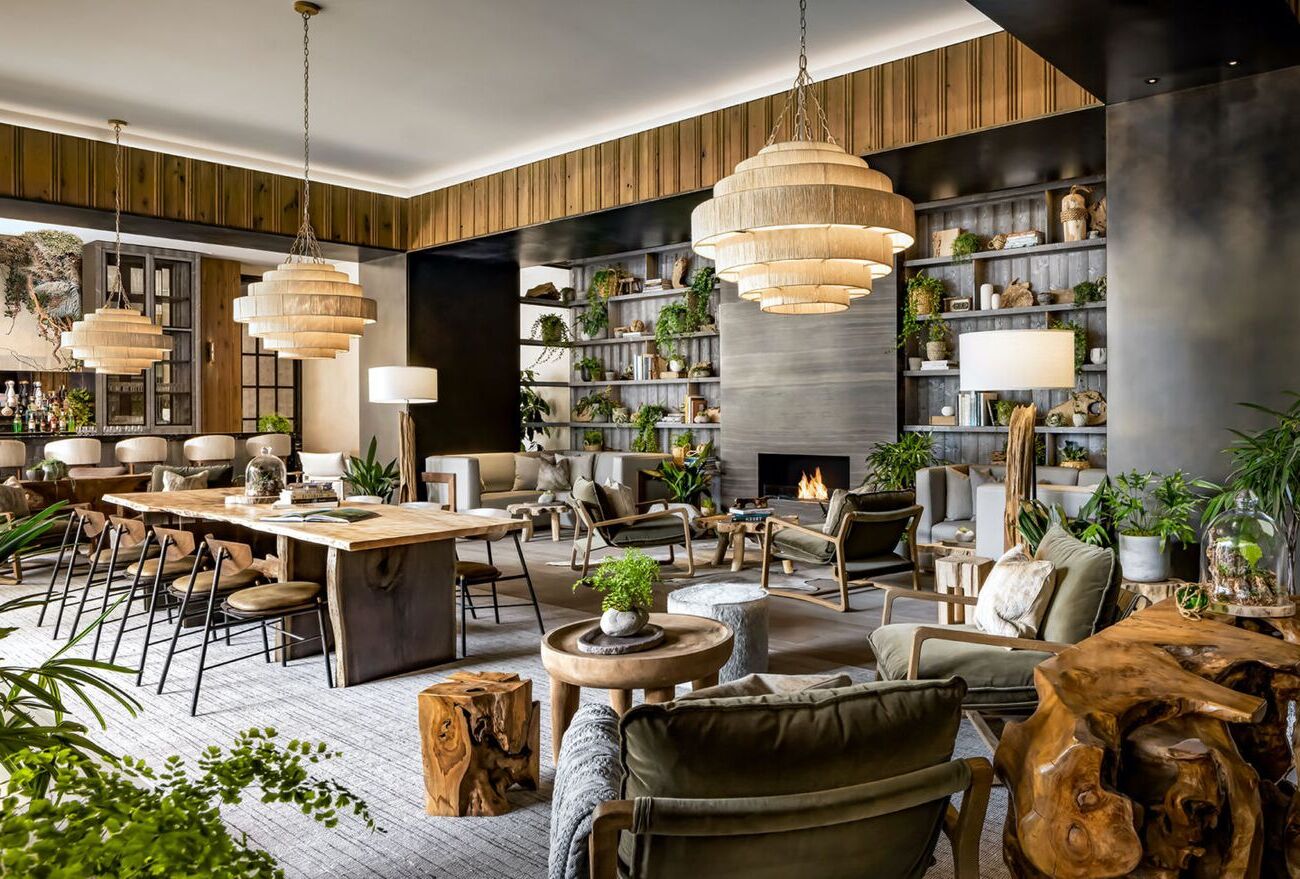

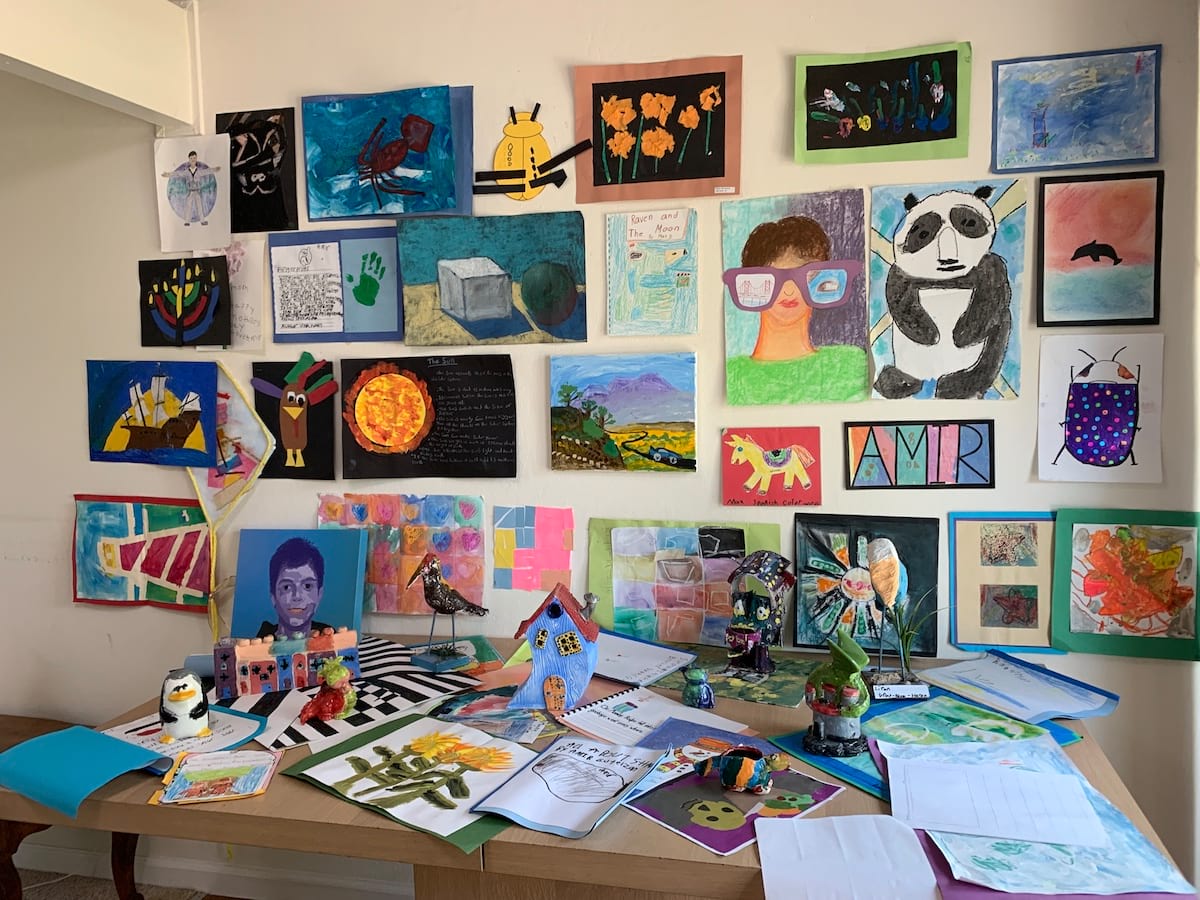
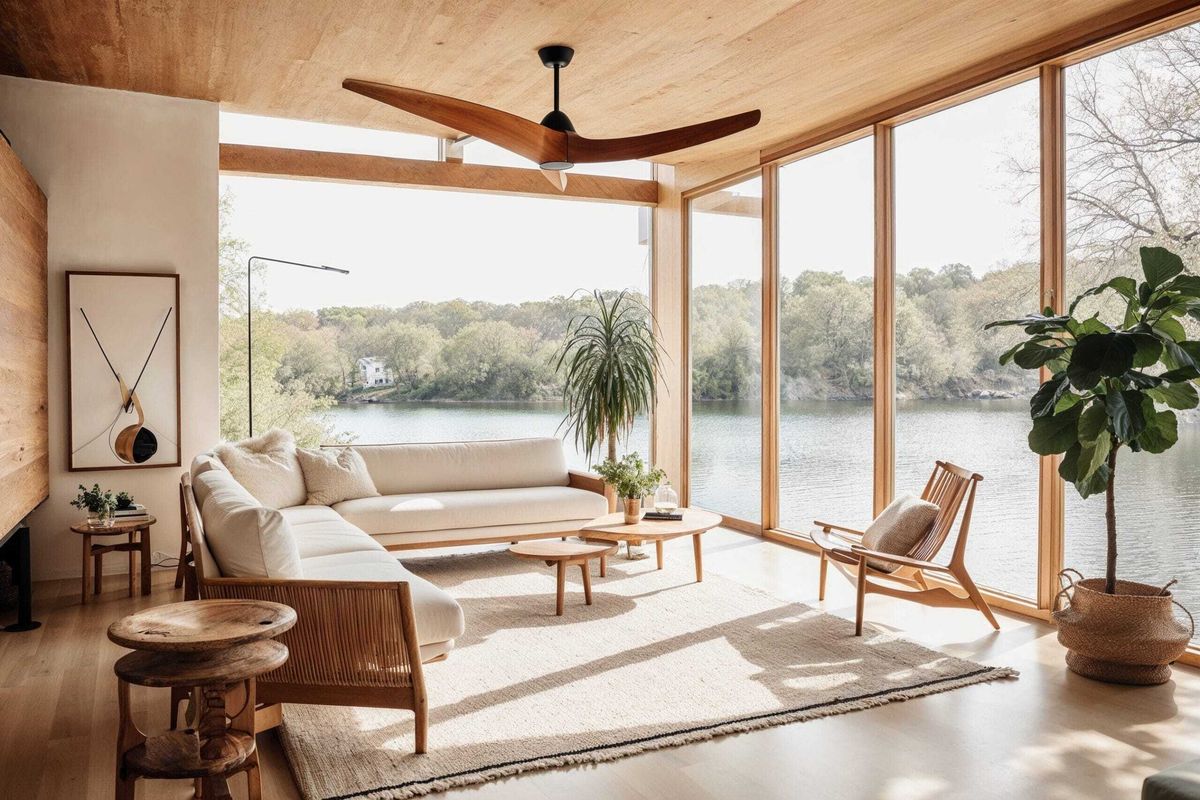

0 thoughts on “I’m An Interior Designer And This Is How I Use Artwork”